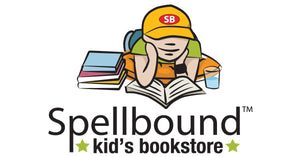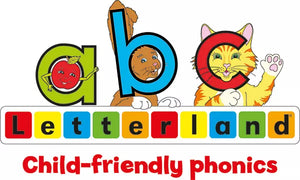Lets Read And Find Out Science Whats So Bad About Gasoline Stage 2
Look around to see what uses oil-cars, airplanes, boats, factories, and countless other machines. The world is dependent on oil as its main source of energy. Although oil is plentiful right now, the supply will eventually run out, and even worse, burning oil is very damaging to the environment. What alternatives can help us use less oil and how can we protect the environment? Read and find out! Editorial Reviews From School Library Journal Grade 1-3--Rockwell presents the basic facts about how gasoline is produced, how it was first discovered, and its uses. She then discusses how gasoline and other fossil fuels, as they have become more and more widely used, have contributed to polluting the environment. Suggestions are offered on how to cut back our gas consumption, and alternatives such as solar power, wind power, nuclear energy, and alternative fuels are addressed. The author neglects hydroelectricity. Detailed pen-and-ink and watercolor drawings in shades of blue and brown appear throughout, and text balloons help provide humor to various scenarios. Additional facts about gasoline are appended. Nigel Saunders and Steven Chapman's Fossil Fuel (Raintree, 2006) goes into more detail about the processing of petroleum products as well as problems and solutions associated with them.--Sandra Welzenbach, Villarreal Elementary School, San Antonio, TX Copyright å¨ Reed Business Information, a division of Reed Elsevier Inc. All rights reserved. --This text refers to an out of print or unavailable edition of this title. From Booklist This timely book from the Let's-Read-and-Find-Out Science series discusses oil as a fossil fuel, the history of petroleum use, and the environmental problems created by gasoline engines. The closing pages offer fast facts about gasoline and list related Internet sites. In a history section that moves quickly through the centuries, Rockwell presents facts that may intrigue adults as well as children. Using ink drawings with colorful washes, Meisel varies the visual presentation by including some unusual pictures, such as the view of a family car with its outer surfaces peeled away to show its occupants as well as its engine, gas tank, and muffler. Though the reading level is more challenging than one would expect for a primary-grade series, the book is one of the few to present this information in a format accessible to the age group. Paired with Drummond's picture book Tin Lizzie (2008), this would make a good read-aloud choice for classroom units on air pollution. Grades 1-3. --Carolyn Phelan --This text refers to an out of print or unavailable edition of this title.
Publisher: HarperCollinsAuthor: Anne Rockwell
ISBN: 9780061575273
Pages: 40
Format: Paperback
Dimensions: 10 x 8 inches
Free delivery
Free delivery anywhere in India on orders over ₹1,500


